Norway Rats
Norway Rats
Norway Rats 101
Known scientifically as Rattus norvegicus, the Norway rat is known for having massive populations across a vast distribution of places worldwide. They tend to live in close proximity to humans, using our infrastructures, resources, and even waste to their advantage. These mammals are highly social creatures. Due to this social nature, they have been widely used as research subjects leading to many advances in science and have also been domesticated as pets. However, the cute little domesticated Norway rats are far removed from their wild cousins. 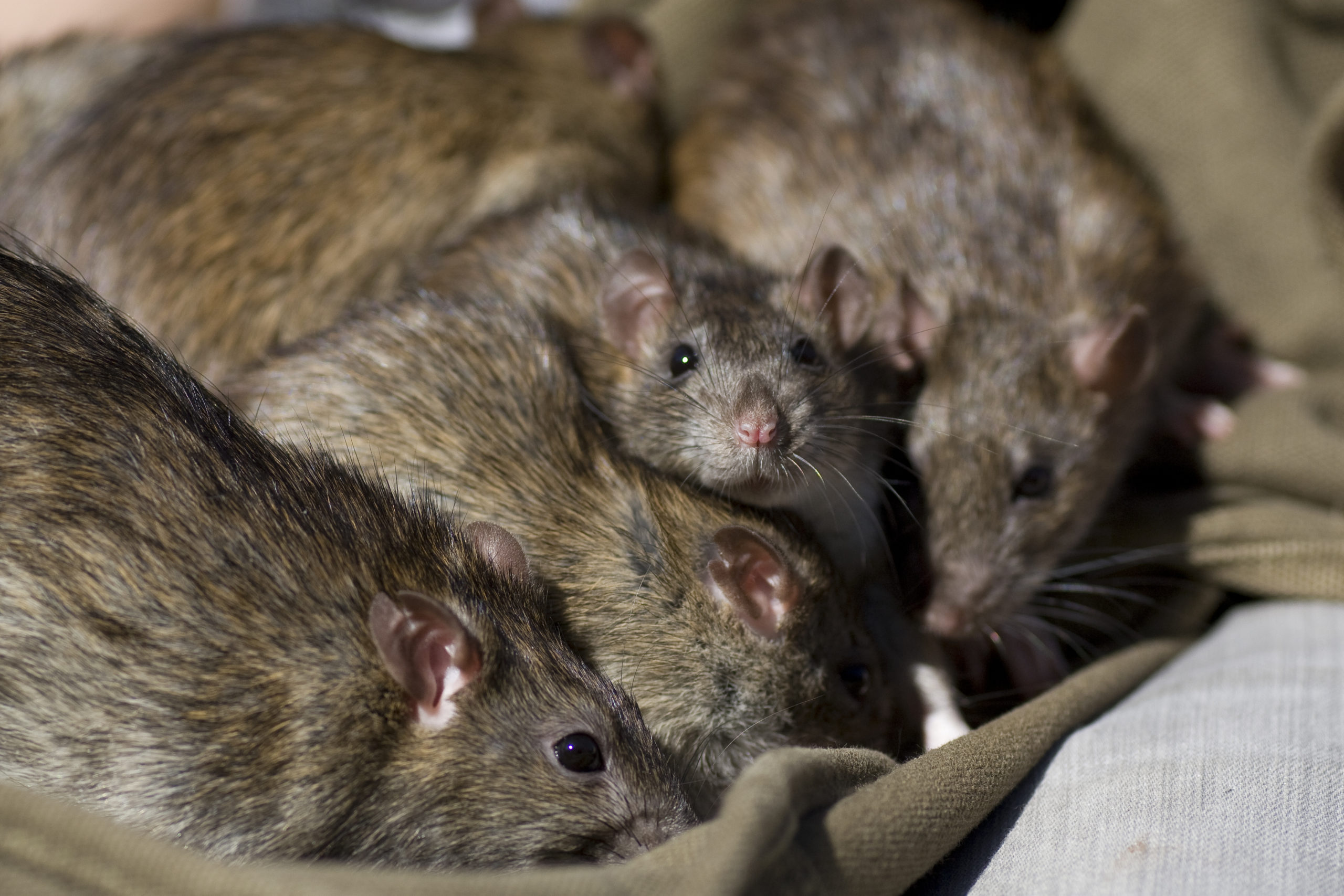
Appearance
Norway rats average between 12 to 18 inches long including their tails, and the males are typically larger in size compared to their female counterparts. They range between 0.5 to 1.3 lbs and are naturally grey to brown with lighter colored undersides. The fur of Norway rats is short and dense and covers almost the entire body save for the nose, ears, and tail, all of which are bald. 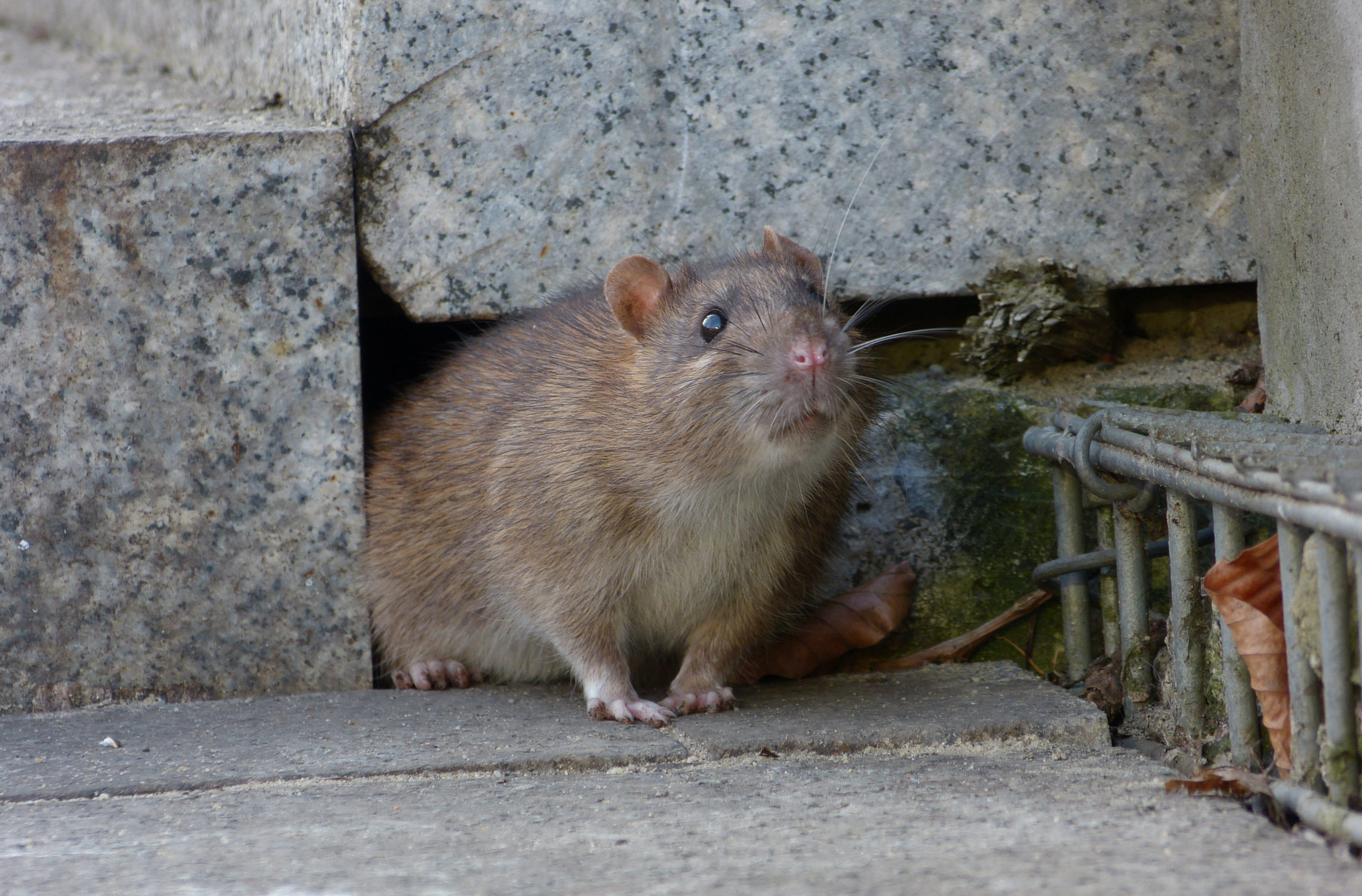
Diet
Like most rats, Norway rats are omnivorous foragers who consume a very varied diet. Typically, this consists of the remnants of food that was discarded by humans, plants, insects, and even other dead and decaying animals. If given a choice, they tend to prefer grains, nuts, meats, fish, and fruits. 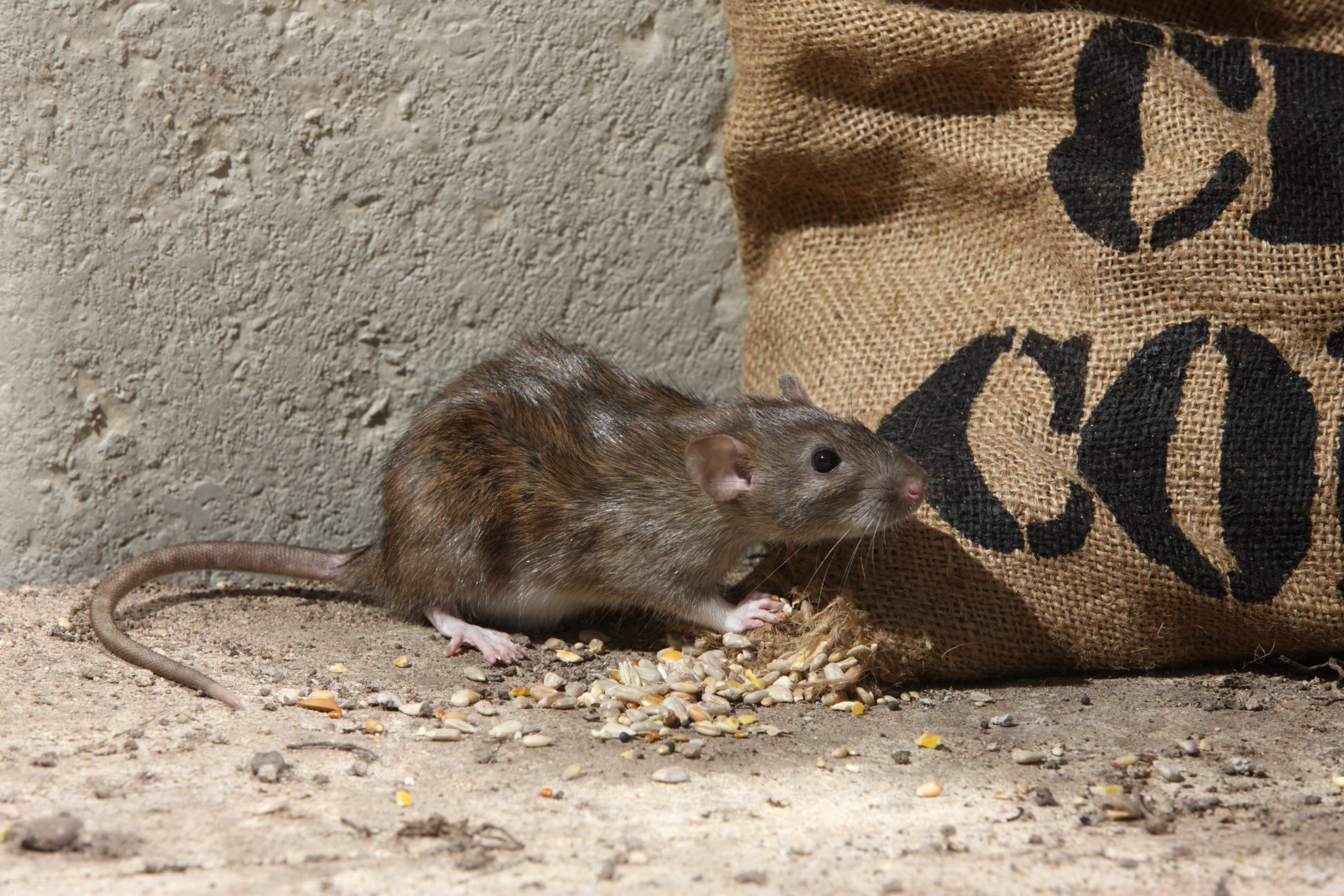
Preferred Habitats
While their name suggests that these rats probably originated from Norway, they’re actually natives of northern China. They managed to spread throughout all continents of the world (save for antarctica) due to trade routes, some of which have specifically been tracked back to the 1800’s. They prefer to live in close proximity to humans and are often found in large cities. 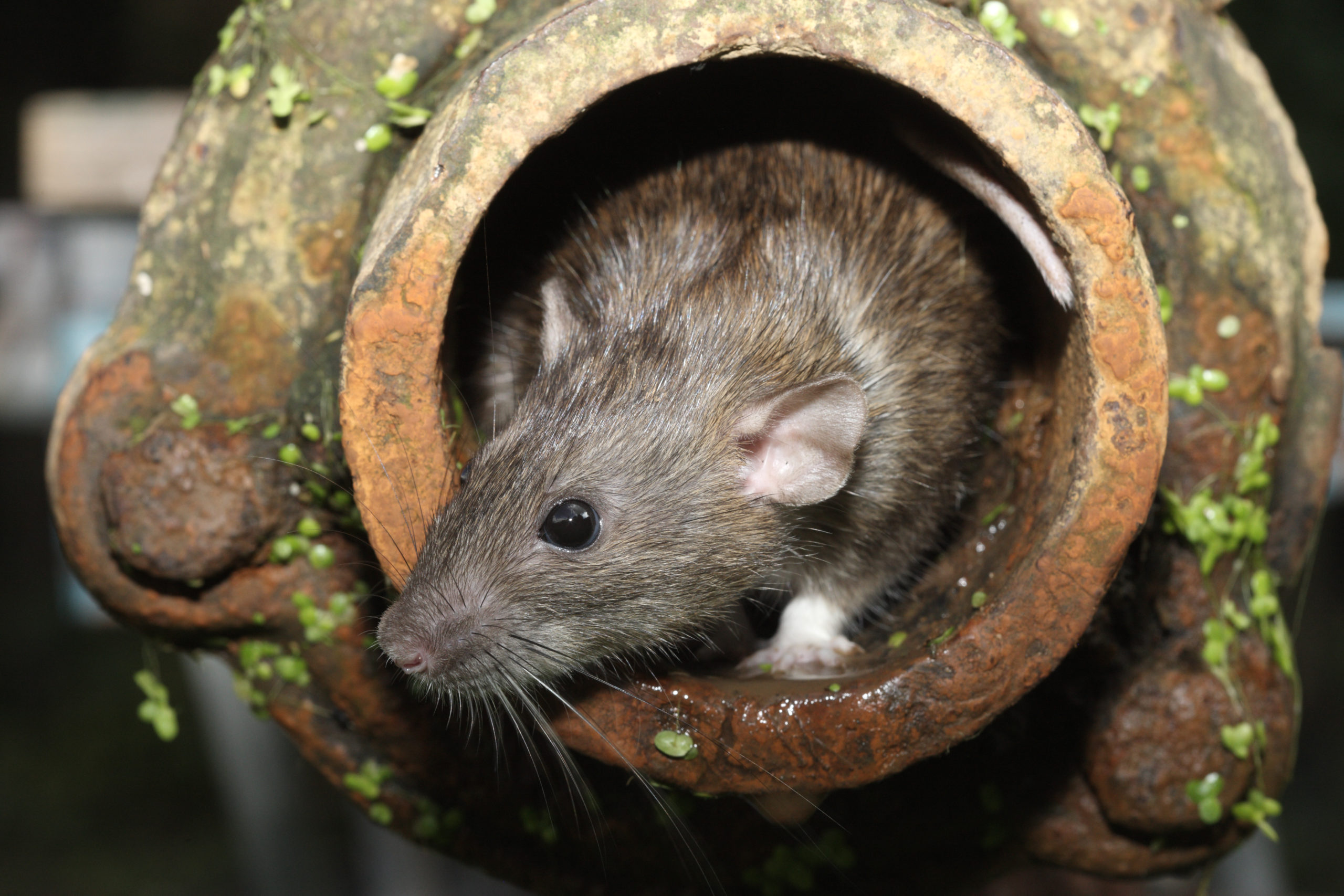
Signs of an Infestation
There are many different indicators of rodents in a home, the most obvious of which is seeing the actual rodents themselves. But wild Norway rats prefer not to interact with people, so this is less likely to happen until after the problem has festered for quite some time. Some earlier signs of Norway rat infestations include:
- Fecal droppings (about the size of a dry raisin)
- Noises such as scratching, rustling, scurrying and even squeaking
- Chew holes in your walls or moldings
- Remnants of nests such as paper or leaves
- Urine smell (ammonia)
- Disturbed insulation
- Stolen or torn open food
- Overall musky odors
- Chew wires
- Random smudge marks or stains around the home
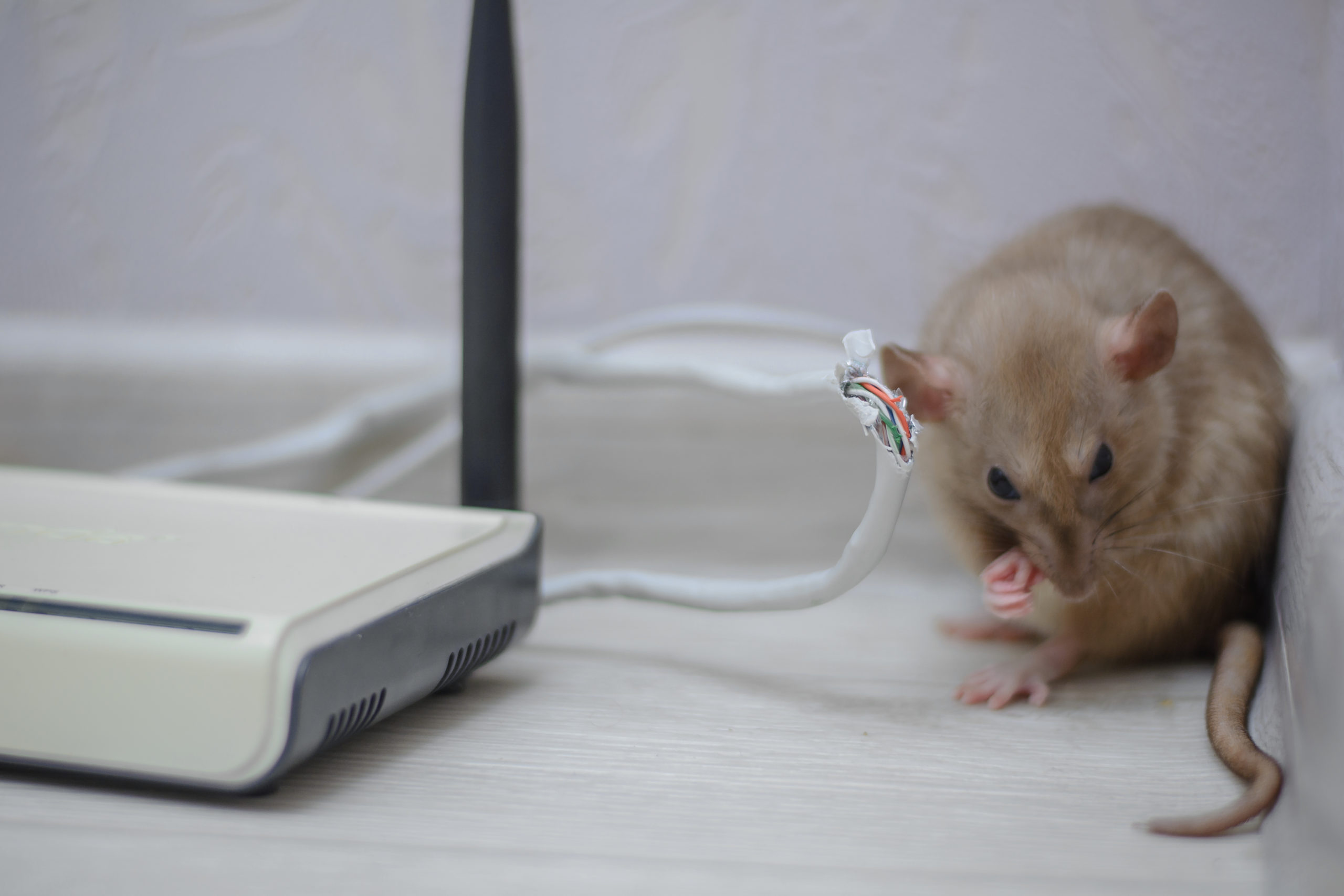
Dangers and Damage
In the United States alone, wild rats cause an estimated minimum of 2 billion dollars in damages each year. They ravage agricultural sites, destroy homes and other structures, steal and ruin food storages, and even spread a variety of extremely detrimental diseases. Some of the common diseases they carry include Hantavirus Pulmonary Syndrome, Hemorrhagic Fever with Renal Syndrome, Lassa Fever, Lymphocytic Chorio-meningitis, Salmonellosis, and, historically, Yersinia Pestis (The Black Plague). 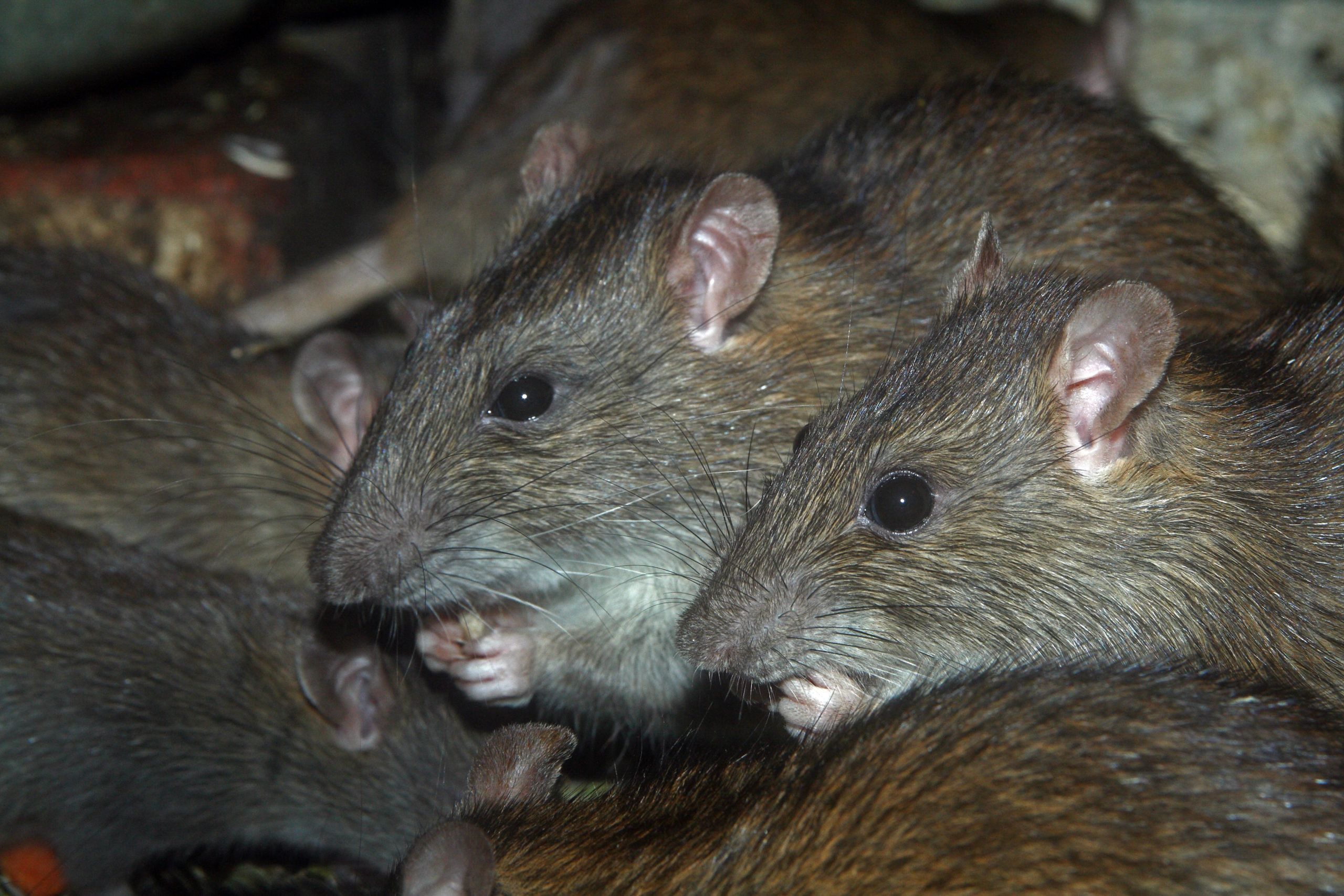
Tips for Preventing Infestations
Prevention is key to keeping rats out of your home. Here are some of the best steps you can take to help avoid these rodents from ever scurrying into your life:
- Trim back bushes and tree branches from your home – these can act like highways for rats to access your home
- Fill any gaps or crevices around your home
- Ensure there are no gaps under doors and install door sweeps where needed (even on garage door)
- Do not leave your garage open for long periods of time or when unattended
- Ensure proper window security by replacing cracked glass, torn screens and any damaged weather stripping
- Move garbage away from the side of your home and ensure that it’s covered
- Pick up any fruit that has fallen from trees, any birdseed on the ground, and any pet food left outdoors as these all attract rodents as well as other wildlife
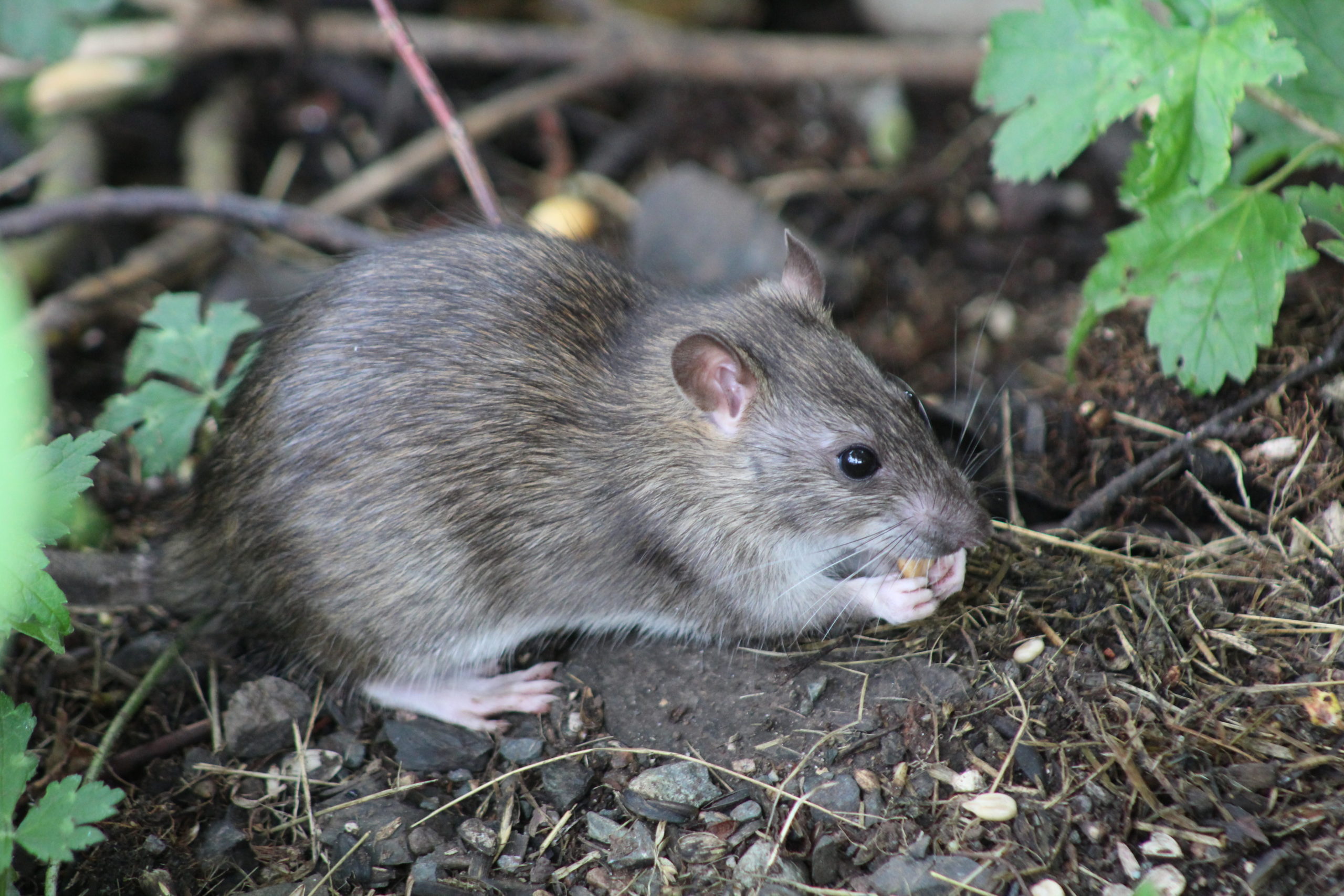
Safe and Secure Norway Rat Removal
If you have yet to experience a rodent infestation, count yourself lucky. Statistically, the odds are against you as, each year, an estimated 21 million homes in the U.S. experience a rodent invasion. While prevention is key, you can only do so much on your own to combat these persistent pests. At Pointe Pest Control, we have highly trained and experienced technicians that can both stop rodents in their tracks, removing them from your home, and prevent any future infestations from ever happening. We know where they hide, understand their lifecycle, and how they behave. Call us today if you find yourself at the mercy of invading Norway rats. 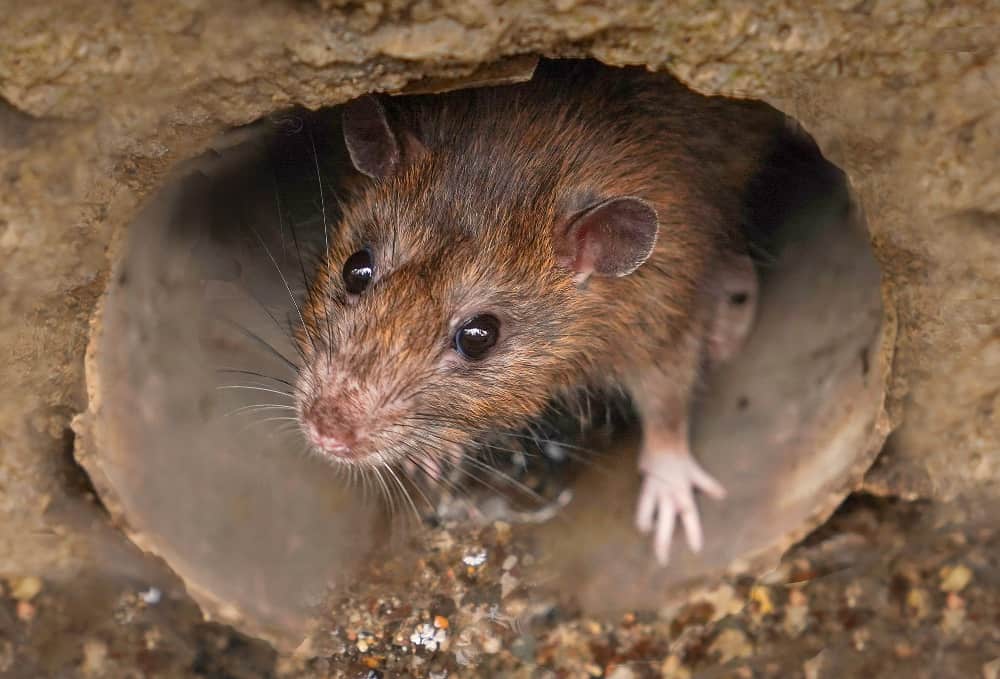
Citations
Diseases Directly Transmitted by Rodents (2017) Centers for Disease Control and Prevention. The National Center for Emerging and Zoonotic Infectious Diseases & The Division of High-Consequence Pathogens and Pathology. Available at: https://www.cdc.gov/rodents/diseases/direct.html (Accessed: April 2020). Engelhaupt, E. (2018) Yes, Rats Can Swim Up Your Toilet. And It Gets Worse Than That, National Geographic. Available at: https://www.nationalgeographic.com/science/phenomena/2015/08/14/yes-rats-can-swim-up-your-toilet-and-it-gets-worse-than-that/ (Accessed: December 10, 2020). A Guide to Norway rat (no date) Alameda County Vector Control. The Alameda Country Department of Environmental Health. Available at: https://acvcsd.org/wp-content/uploads/2016/07/Norway-Rat.pdf (Accessed: October 15, 2021). Norway rat (2021) Smithsonian’s National Zoo. Available at: https://nationalzoo.si.edu/animals/norway-rat (Accessed: October 15, 2021). Polan, S. and Sharma, U. (2018) Why Cities Can’t Get Rid of Rats, YouTube. Science Insider. Available at: https://www.youtube.com/watch?v=cD6eZrrcp1Y (Accessed: July 2020). Schweinfurth, M. K. (2020) The social life of Norway Rats (rattus norvegicus), eLife. eLife Sciences Publications, Ltd. Available at: https://elifesciences.org/articles/54020 (Accessed: October 15, 2021). What Attracts Rats? (2018) Wildlife Removal USA. Available at: http://wildliferemovalusa.com/ratattraction.html (Accessed: October 2020).
Request a Free Quote Today
(We do not share your data with anybody, and only use it for its intended purpose)
